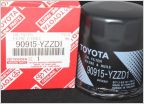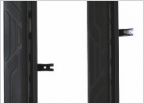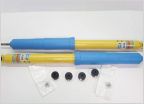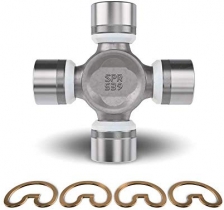-
Welcome to Tacoma World!
You are currently viewing as a guest! To get full-access, you need to register for a FREE account.
As a registered member, you’ll be able to:- Participate in all Tacoma discussion topics
- Communicate privately with other Tacoma owners from around the world
- Post your own photos in our Members Gallery
- Access all special features of the site
Dual battery first timer install advice
Discussion in '2nd Gen. Tacomas (2005-2015)' started by majesticmilo, Jul 6, 2024.


 2.7 OEM oil filter part# ?
2.7 OEM oil filter part# ? Question around brake lines
Question around brake lines 2015 Toyota Tacoma 2wd 5 lug lifts
2015 Toyota Tacoma 2wd 5 lug lifts Running boards
Running boards Shock replacement for 2009
Shock replacement for 2009










































































